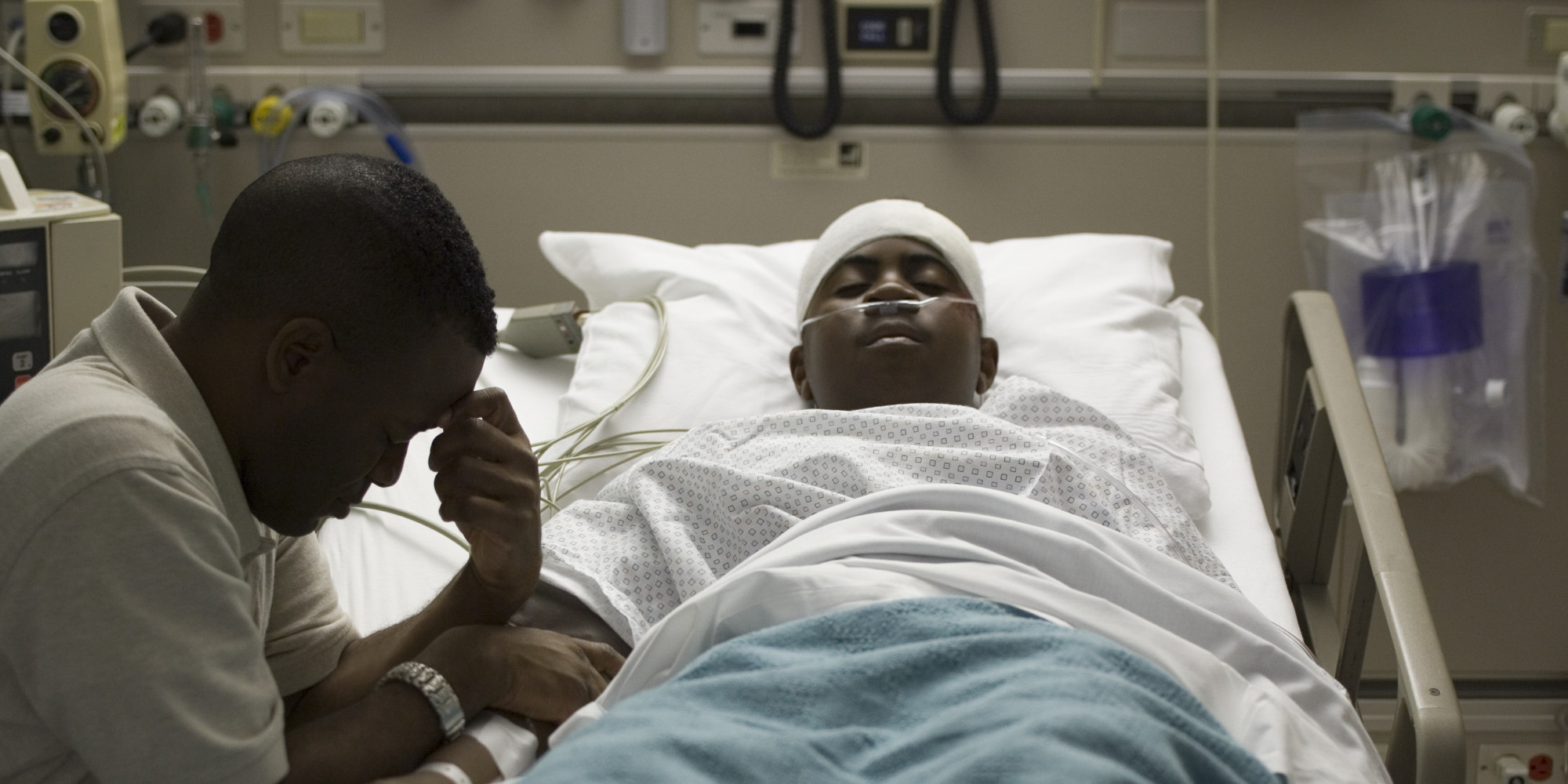
With this issue, we are pleased to introduce an occasional feature giving space for ISR scholars to discuss their current research on contemporary religion. For this month, we contacted Dr. Jeff Levin, University Professor of Epidemiology and Population Health and Director of the Program on Religion and Population Health at Baylor, about his current research on the prevalence of healing prayer among Americans.
In a recent study based on an analysis of the Baylor Religion Survey, you find that Americans engaging in healing prayer are very widespread– almost three-quarters of Americans have prayed for the healing of others, and over half have participated in prayer groups. Do you think there has been a steady percentage of Americans engaging in these practices all along, or has it grown in recent years?
Possibly both, but it’s hard to say. Based on data from a few national health surveys since the 1990s, use of spiritual healers seems to be on the uptick. This isn’t the same thing, of course, as personally praying for one’s own healing or for others, but it suggests perhaps a rise in interest in making use of spiritual resources for purposes of healing. This would track with the rising popularity of complementary medicine as a form of primary care, and with continued interest in nonconventional expressions of spirituality. At the same time, the lifetime prevalence numbers are so high that it’s hard to imagine this all just emerged, out of nowhere, in the recent past.
You also find unexpectedly that over a quarter of Americans have experienced or have engaged in the “laying on of hands” in healing prayer. Could the growth of small groups and charismatic and Pentecostal churches in the past few decades have spread these types of practices to more people?
Maybe, to a modest extent, but I don’t believe this accounts for its ubiquity. I’m doing some follow-up analyses, for a medical journal audience, and without divulging the numbers—still a work in progress—the data suggest that healing prayer, including laying-on-of-hands, is widespread and highly prevalent across almost all major religions, Christian denominations, and different categories of religious identity or theology. So this isn’t just a phenomenon observed in, say, Pentecostals or charismatics or the few New-Agers still around. These folks, even added together, can’t come close to accounting for the proportion of this country that’s involved in this.
More than socio-demographic factors, you find that it is the respondents’ claim to experience a personal and loving relationship with God that leads to high rates of healing prayer. Why is that?
This was interesting and unexpected. I tested several hypothesized predictors, including the usual array of religious constructs, and this was the one consistent predictor. I suspect it has something to do with the psychodynamics or other properties of love or loving—e.g., that the experience of feeling loved by God could mobilize psycho-physiological resources that are salutogenic, or that communal healing prayer could reduce loneliness or fear and provide hope, which may also be capable of healing. Who knows? But, either way, these sorts of mechanisms might reinforce participation.
While your research doesn’t deal directly with the controversial question of efficacy, you do conclude that there must be some level of efficacy involved in these high rates of healing prayer; can you explain that?
Well, I can’t prove or disprove it—this wasn’t one of those controversial randomized controlled clinical trials of prayer, just a population survey. But the persistence and widespread use suggest that folks are getting something meaningful from the experience, whether actual “healing”—and that’s a multifaceted concept right there that we could discuss at length—or some other sense of comfort in the face of acute or chronic physical challenge, and whether from the act of healing prayer itself, or as a sequela of the cognitive, emotional, and interpersonal gains from participating with other people in such a meaningful and perceived-as-holy activity.
You write that the high rates of healing prayer suggest “ongoing religious activity beneath the surface…that is not typically captured by simple religious affiliation questions in social surveys or opinion polls.” Has this trend just been overlooked by researchers and pollsters, or not seen as significant?
I suspect both. Healing prayer is probably tacitly thought of as marginal or fringe—even akin to snake handling—because of its presumed association with TV faith healers and the like. But, as these findings suggest, it’s far from marginal. Healing prayer is “normative” religious experience for Americans, if anything is, even if it doesn’t cross the radar of secular and religiously disaffected cultural elites.
Any future plans to expand on this research, and, if so, in what directions?
Two things. The current follow-up analysis that I mentioned earlier. Also, I plan to look at other health-related or health-directed practices not typically assessed in national population surveys of religion, but which are available in the Baylor Survey, e.g., the prevalence of mediation in this country, overall and by subtypes. I wonder if we’ll observe unexpectedly high rates there, too.
